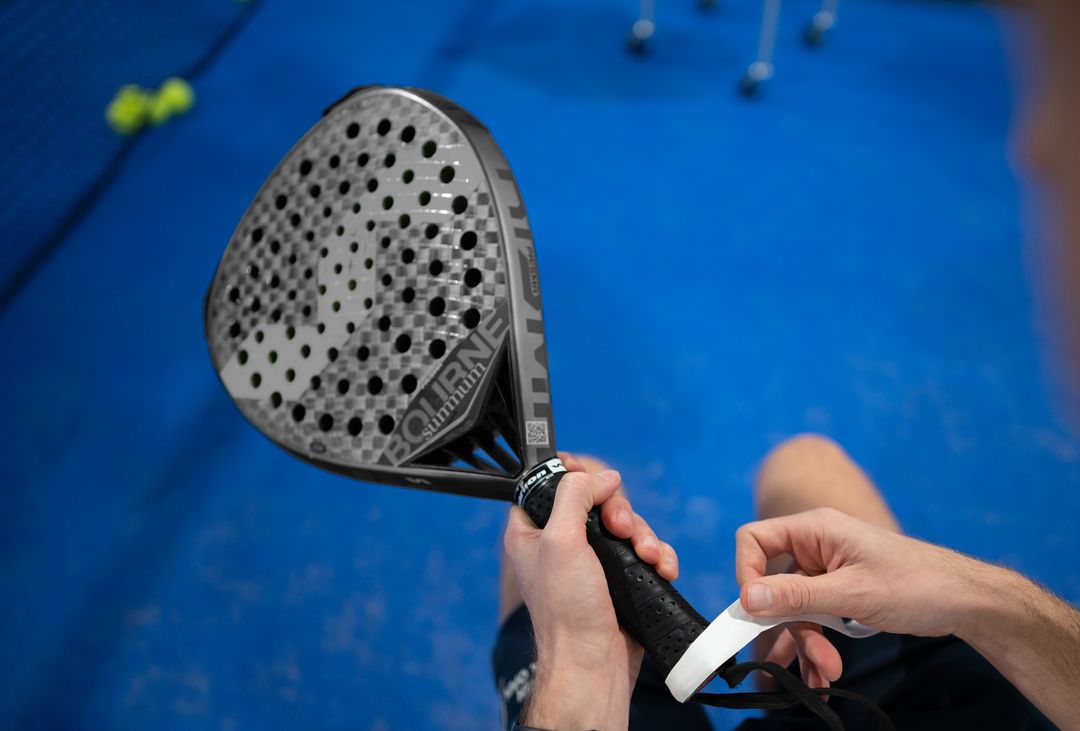Padel, the exciting racquet sport that’s a blend of tennis and squash, is rapidly gaining popularity worldwide. But before you step onto the court and start smashing those overheads, it’s essential to understand the game’s scoring system. Grasping the scoring nuances is not just about keeping track of the points; it’s about understanding the rhythm of the game, strategizing your plays, and ultimately, maximizing your chances of victory. This comprehensive guide will break down the padel scoring system, from individual points to entire matches, equipping you with the knowledge you need to play and appreciate this dynamic sport. We’ll cover the basics of point scoring, how games and sets are won, and the different match formats you might encounter. So, whether you’re a seasoned tennis player looking to try something new or a complete beginner, get ready to ace your understanding of padel scoring.
Point Scoring in Padel
The scoring system in padel will feel very familiar to tennis players, as it directly mirrors the tennis model. Each point earned is tallied as 15, then 30, then 40. To secure a game, a player or team must reach four points, with a crucial caveat: they must also achieve a two-point advantage over their opponents. This requirement for a two-point lead adds a layer of tension and excitement to each game, as the score can fluctuate dramatically, especially when it reaches deuce. This scoring method ensures that every game is earned, not simply a matter of accumulating points, but about demonstrating dominance and consistency.
According to We Are Padel, “on court, every point, every shot, and every move matters!” This sentiment encapsulates the importance of each rally and strategic decision in padel. Unlike some sports where individual errors can be easily brushed aside, in padel, each point carries significant weight, potentially shifting the momentum of the entire game. For example, a well-placed shot or a strategic use of the court walls can be the difference between securing a vital point and falling behind. So, remember, focus and precision are key to navigating the point-scoring system effectively.
Navigating Deuce and Advantage
When the score reaches 40-40, it is known as deuce. This is where the real mental battle begins! From deuce, one side must win two consecutive points to claim the game. If a player wins the next point after deuce, they gain the advantage. Should they win the subsequent point, they win the game. However, if they lose the point, the score reverts to deuce, and the battle continues. This back-and-forth dynamic can create thrilling moments of tension and suspense. It also underscores the importance of maintaining focus and composure under pressure.
As the original article mentions, “To sum it all up, you need two points after a tie to win a game!” This simple statement highlights the perseverance required to win in padel. The deuce and advantage scenarios are not just about scoring; they’re about mental fortitude and the ability to execute under pressure. Each player must demonstrate the ability to seize opportunities and maintain their composure. Often, the player who can remain calm and focused during these crucial moments will be the one who ultimately triumphs.
Winning a Set in Padel
Moving beyond individual games, let’s examine how sets are won in padel. In most cases, the first player or team to win six games wins the set. However, just like in game scoring, there’s a catch: they must also win by a margin of at least two games. This means that a set score could be 6-4, 6-3, or even 7-5 if neither player reaches a two-game lead initially. This rule ensures that winning a set requires dominance and consistency, not just luck or a momentary surge of performance.
If the set score reaches 6-6, a tiebreak is usually played to determine the winner. The tiebreak is a special mini-game where players alternate serving one point at a time. The first player to reach seven points, with a two-point advantage, wins the tiebreak and claims the set. This tiebreak format offers a thrilling and decisive conclusion to a closely contested set. It emphasizes the importance of maintaining focus and executing under pressure, as every point in a tiebreak is critical.
Match Formats in Padel
Now, let’s consider the overall structure of a padel match. A standard padel match is typically played in a best-of-three-set format. This means that to win the match, a player or team must win two out of three sets. Each set is determined by winning six games with a two-game advantage, or by winning a tiebreak if the score reaches 6-6. This best-of-three format strikes a balance between endurance and intensity, requiring players to maintain their focus and performance across multiple sets.
As the original article points out, “It’s essential to note that while the best-of-three format is common, some tournaments or competitions might adopt different match formats.” For instance, professional padel matches often feature longer formats, such as best-of-five sets. Understanding the specific match format is crucial for accurate scoring and strategy. In longer formats, stamina and tactical flexibility become even more critical, as players must conserve their energy and adapt their strategies over a longer period.
Strategies for Earning Points
Effective communication and coordination with your partner is also essential, as padel is most often played as a doubles game. Communicate clearly, play to each other’s strengths, and devise strategies that exploit your opponents’ weaknesses. Remember, a united front is far more likely to succeed than two individuals playing independently. As the article emphasizes, “You will reach far ahead in points if you and your partner are on the same wavelength and play to your strengths to deliver a crushing blow to your opponents.”
Another strategic advantage you can take is the court walls! “Smart shots for effortless wins.” By mastering the angles and rebounds off the walls, you can create openings for your partner and put your opponents on the defensive. Practice different shot techniques, from powerful drives to delicate drop shots, to keep your opponents guessing and maintain control of the game. Finally, remember to “man the net like it is your strongest line of defence!” Positioning yourself strategically at the net allows you to intercept shots and put away volleys, putting pressure on your opponents and dictating the pace of the game.
The Mental Game in Padel Scoring
Beyond the technical aspects of padel, the mental game is just as important. Staying focused, composed, and adaptable is crucial for navigating the ups and downs of a match. Padle scoring can be a roller-coaster, so, maintaining a positive attitude and a strong mental game can make all the difference in your results. Remember, every point counts, and every shot is an opportunity to influence the outcome of the game. It’s essential to develop mental resilience to weather challenging moments, such as facing a string of unforced errors or being down match point.
As the article wisely advises, “Get your basics in order… and you can almost feel the gold in your fist!” This statement underscores the importance of mastering the fundamentals of the game, from serving and returning to volleying and smashing. The more solid your foundation, the more confident you’ll be in your ability to execute under pressure. To elevate your mental game, consider incorporating visualization techniques into your training routine. By mentally rehearsing successful plays and visualizing yourself performing well under pressure, you can build confidence and enhance your ability to execute in real-game situations.
Padel First Place!
Understanding the nuances of padel scoring is more than just knowing the rules; it’s about grasping the rhythm of the game and maximizing your chances of success on the court. The journey to padel proficiency is an ongoing process that requires dedication, practice, and a willingness to learn and adapt. As you continue to develop your skills, don’t forget the importance of having fun and enjoying the process. Padle is a sport that can be enjoyed by players of all ages and skill levels, and the satisfaction of improving your game and competing against others is a reward in itself.
So, grab your racquet, find a partner, and head out to the court with newfound confidence and understanding. Remember that the perfect blend of strategy, skill, and mental fortitude will make you unstoppable! Whether you’re aiming to win tournaments or simply enjoy a fun and challenging workout, the rewards of mastering the scoring system are well worth the effort. Go out there and prove what you’ve got. Now go out and win!





